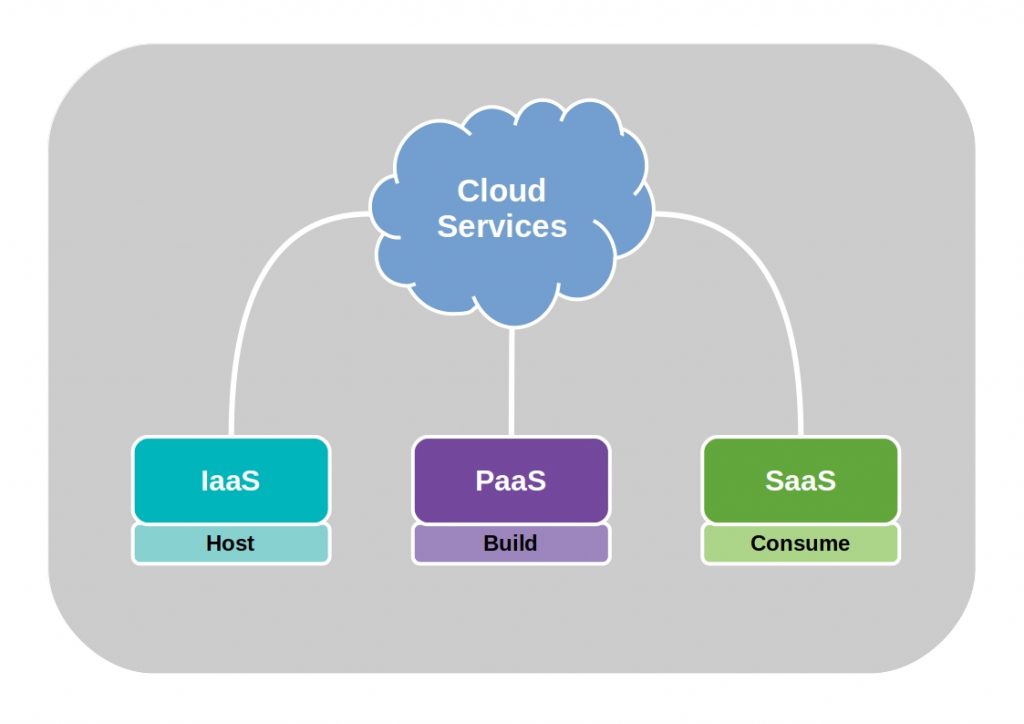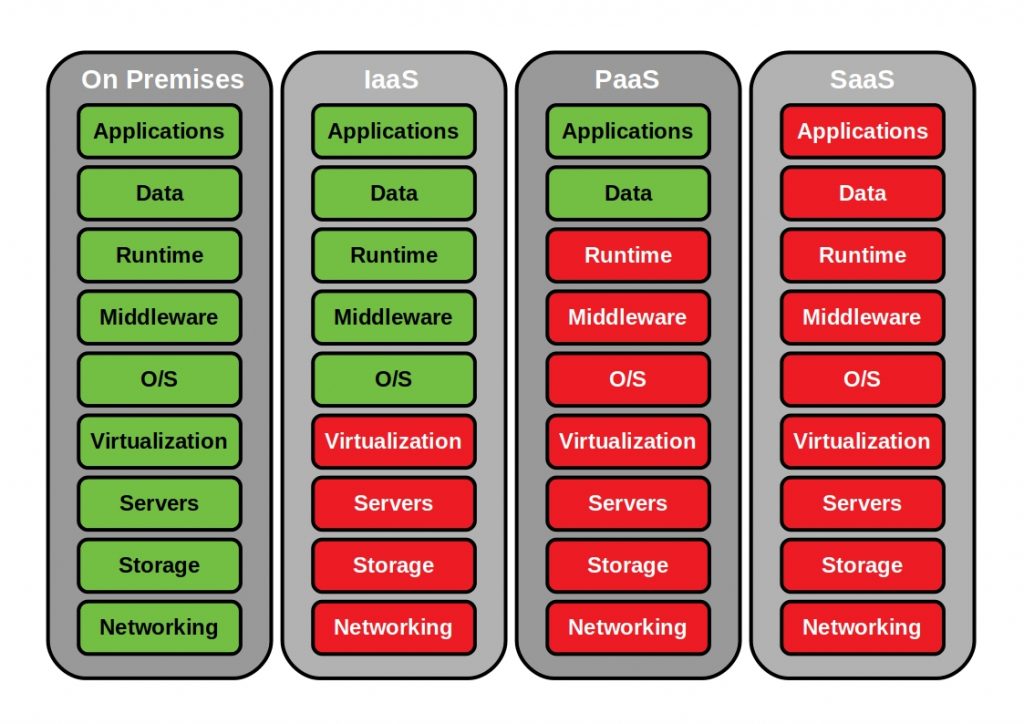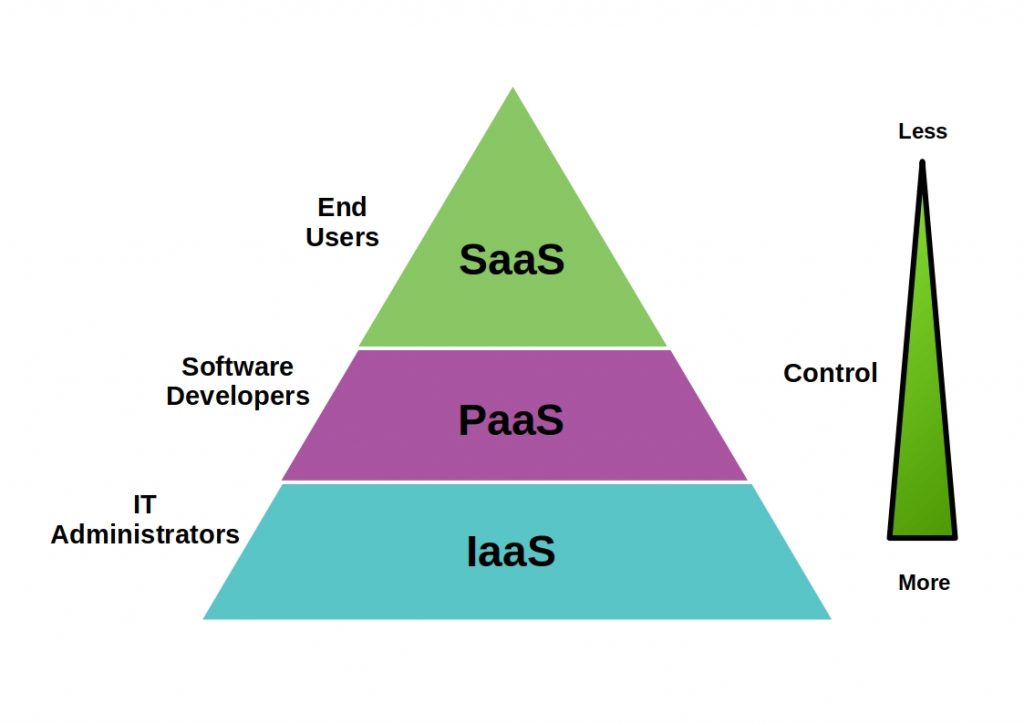In this article, we will show you everything about the cloud-based web tool Microsoft Power Platform and why you shouldn’t do without it.
Cloud-based web development has gained popularity in the web development industry in recent years. The globalization of the workforce and the diversification of the work process have significantly driven the development of cloud-based services.
What is Microsoft Power Platform?
With Power Platform you get an integrated application platform consisting of a group of different Microsoft products with which you can develop complex business solutions. This way you can make your business processes more efficient and productive. The platform can also take care of data storage, entry and processing. Data analysis via complex visualizations and predictions can also be handled by various services.
Microsoft Power Platform Services
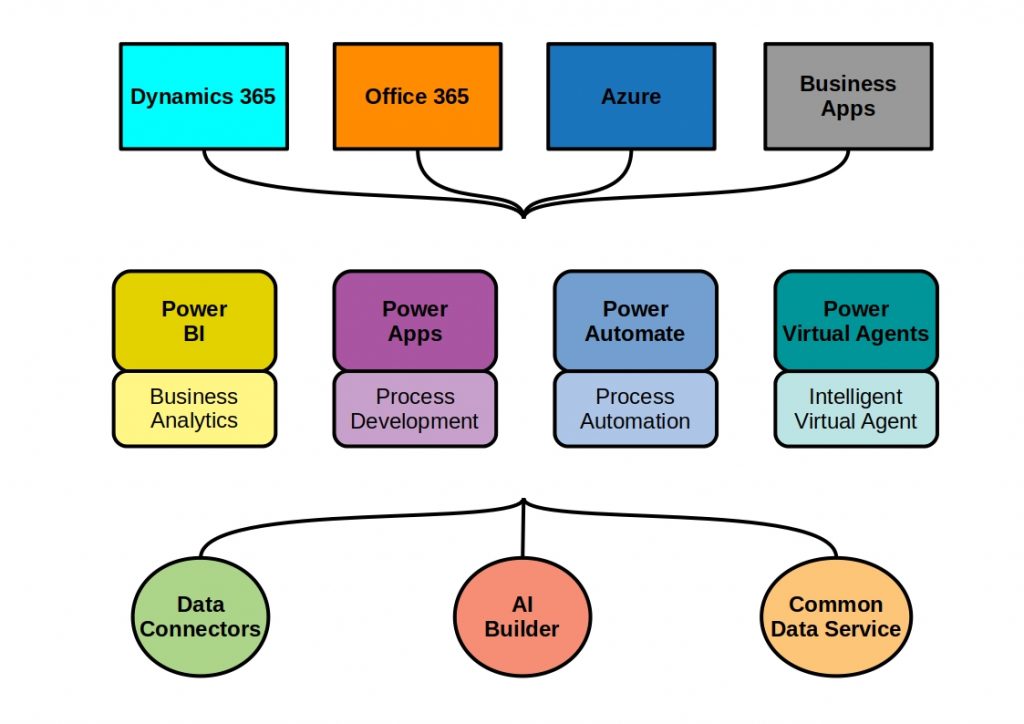


Since the Power Platform is a collection of different Microsoft services, we want to give you an overview of the individual parts.
Build your own Apps
With Power Apps you get a user suite for mapping custom apps. All apps are independent of data sources and can be extended by you as you wish via drag & drop. This way you can adapt them to your needs.
Automate your tasks
Power Automate was still called Microsoft Flow until 2019. This web tool lets you automate recurring tasks and simple cross-platform workflows. You can connect to over 100 third-party systems via connectors. This allows you to automate processes outside the Microsoft environment and across applications.
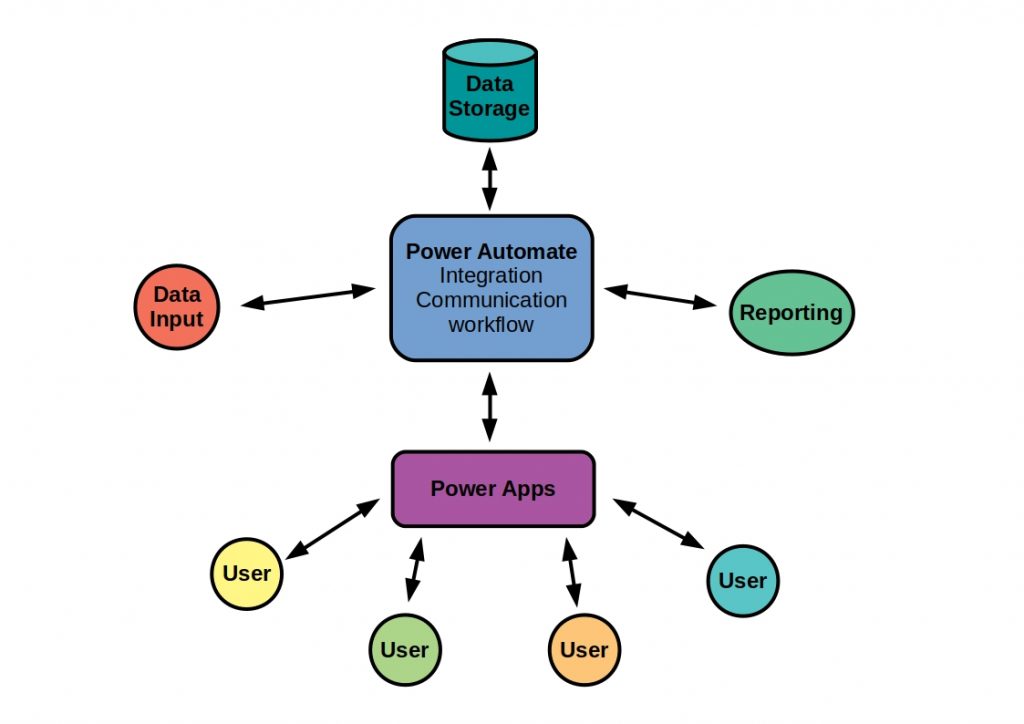


Analyze your business data
With Power BI you get a business intelligence tool. With this you can access different data sources. An advantage to other BI tools is the deep integration with Excel. So you can create user-friendly, data connections and visualize.
Should I choose Microsoft Power Platform?
You need more and more scalable and secure solutions at low cost. Device-independent access to important planning and evaluation software will increasingly become the focus of attention and change global corporate structures. To turn your company into an Industry 4.0 enterprise, you can no longer avoid cloud solutions.
The question is not: if, but when you will choose a corresponding service. The question is not: if, but when you will choose a corresponding service. Microsoft, as one of the largest IT companies, now presents you with a solution. Whether it fits your needs, however, you must ultimately decide for yourself.


